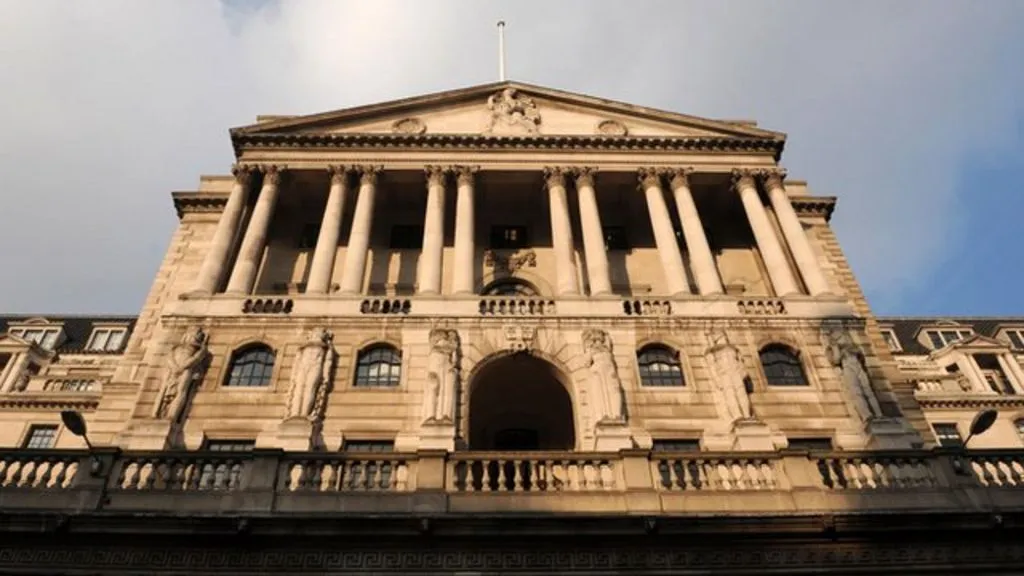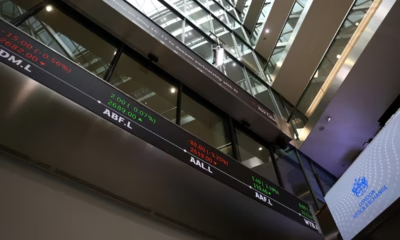Business
Bank of England Holds Rates as Inflation Creep Persists

Introduction
The Bank of England decided to keep its benchmark interest rate unchanged at 5.25 percent in October, signaling a continued focus on inflation control as price pressures ease only slowly. The Monetary Policy Committee voted six to three to hold rates, citing stubbornly high wage growth and core inflation that remains above the two percent target. Headline inflation fell slightly to 3.2 percent in September, according to the Office for National Statistics, but policymakers said more progress is needed before considering any rate cuts.
Governor Andrew Bailey noted that while energy and food prices have stabilized, inflation in services remains elevated, reflecting strong labor costs and rent increases. The Bank’s updated forecast suggests inflation will not return to target until late 2026. Officials described the decision as necessary to maintain price stability and anchor expectations.
Policy Context
The decision marks the fourth straight meeting in which the Bank has left interest rates unchanged. After fourteen hikes between 2021 and 2023, policymakers now believe current rates are restrictive enough to slow demand and gradually cool inflation. The central bank’s latest report highlights wage growth of about 5.7 percent, still inconsistent with its inflation goal. Employment remains relatively strong, though vacancy levels are falling, signaling an easing labor market.
Fiscal factors continue to influence the economic outlook. The Treasury’s Autumn Statement, expected later this month, is likely to prioritize targeted tax incentives for investment and green technology. However, analysts caution that fiscal expansion could offset some of the Bank’s efforts if it reignites demand. For now, monetary policy will stay data-dependent, with officials balancing the risk of entrenched inflation against the threat of slowing growth.
Market Response
Financial markets reacted calmly to the Bank’s decision. UK government bond yields edged lower, with the ten-year gilt yield dipping to 4.13 percent, as investors bet that rates have peaked. The pound held steady near 1.24 against the US dollar. Equities rose modestly, with the FTSE 100 gaining 0.4 percent as investors viewed the Bank’s decision as a sign of policy stability.
Mortgage holders, however, continue to feel the strain. Average two-year fixed mortgage rates remain above six percent, more than double pre-2022 levels, keeping pressure on households and property buyers. Housing activity across London has slowed sharply, with transaction volumes down about ten percent compared with a year earlier. Economists say affordability will remain a challenge until borrowing costs begin to ease in mid-2026.
Expert View
Economists and market analysts agree that the Bank is nearing the end of its tightening cycle but will maintain a cautious stance until core inflation shows a clearer decline. Analysts at major financial institutions expect the first rate cut around the second half of 2026. Business groups have warned that prolonged high rates could weigh on smaller firms that rely on short-term credit.
The Confederation of British Industry called for a steady policy path, emphasizing that predictability helps firms manage costs and investment planning. Meanwhile, the British Chambers of Commerce said borrowing costs are already limiting expansion across many service and manufacturing sectors.
Future Outlook
The Bank’s outlook remains cautious but not pessimistic. Inflation is projected to fall gradually as supply chain conditions improve and wage growth moderates. GDP growth for 2025 is expected to remain subdued at 0.5 percent, while unemployment is forecast to rise slightly to 4.8 percent. For consumers, the coming months are likely to bring continued cost pressures, particularly in rent and utilities.
London’s financial community views the decision as a sign that stability is returning after two volatile years. The Bank’s focus on gradual disinflation rather than rapid easing reflects its desire to prevent another inflation spike. Analysts say that a soft landing remains possible if global energy markets stay calm and fiscal policy avoids overheating the economy.
Conclusion
By holding rates steady, the Bank of England signaled confidence that its restrictive policy is working, though progress remains uneven. Inflation is falling but not fast enough to warrant a policy shift, and growth remains fragile. The central bank now faces the challenge of maintaining credibility while managing a slow recovery. For businesses and households, the message is clear: stability has returned, but relief from high borrowing costs will take time.



















